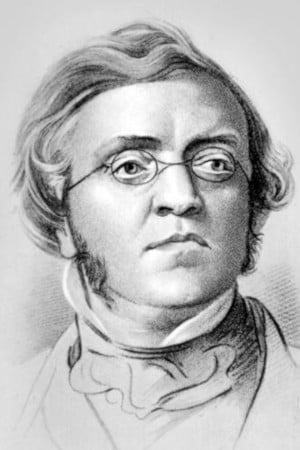
Biography
William Makepeace Thackeray ( THAK-ər-ee; 18 July 1811 – 24 December 1863) was an English novelist and illustrator. He is known for his satirical works, particularly his 1847–1848 novel Vanity Fair, a panoramic portrait of British society, and the 1844 novel The Luck of Barry Lyndon, which was adapted for a 1975 film by Stanley Kubrick.
Thackeray was born in Calcutta, British India, and was sent to England after his father's death in 1815. He studied at various schools and briefly attended Trinity College, Cambridge, before leaving to travel Europe. Thackeray squandered much of his inheritance on gambling and unsuccessful newspapers. He turned to journalism to support his family, primarily working for Fraser's Magazine, The Times, and Punch. His wife Isabella suffered from mental illness, leaving Thackeray a de facto widower. Thackeray gained fame with his novel Vanity Fair and produced several other notable works. He unsuccessfully ran for Parliament in 1857 and edited the Cornhill Magazine in 1860. Thackeray's health declined due to excessive eating, drinking, and lack of exercise. He died from a stroke at the age of fifty-two.
Thackeray began as a satirist and parodist, gaining popularity through works that showcased his fondness for roguish characters. He is best known for Vanity Fair, featuring Becky Sharp, and The Luck of Barry Lyndon. Thackeray's early works were marked by savage attacks on high society, military prowess, marriage, and hypocrisy, often written under various pseudonyms. His writing career began with satirical sketches like The Yellowplush Papers. Thackeray's later novels, such as Pendennis and The Newcomes, reflected a mellowing in his tone, focusing on the coming of age of characters and critical portrayals of society. During the Victorian era, Thackeray was ranked second to Charles Dickens but is now primarily known for Vanity Fair. Thackeray, an only child, was born in Calcutta, British India, where his father, Richmond Thackeray (1 September 1781 – 13 September 1815), was secretary to the Board of Revenue in the East India Company. His mother, Anne Becher (1792–1864), was the second daughter of Harriet Becher and John Harman Becher, who was also a secretary (writer) for the East India Company. His father was a grandson of Thomas Thackeray (1693–1760), headmaster of Harrow School.Richmond died in 1815, which caused Anne to send her son to England that same year, while she remained in India. The ship on which he travelled made a short stopover at Saint Helena, where the imprisoned Napoleon was pointed out to him. Once in England, he was educated at schools in Southampton and Chiswick, and then at Charterhouse School, where he became a close friend of John Leech. Thackeray disliked Charterhouse, and parodied it in his fiction as "Slaughterhouse".
Nevertheless, Thackeray was honoured in the Charterhouse Chapel with a monument after his death. Illness in his last year there, during which he reportedly grew to his full height of six-foot three, postponed his matriculation at Trinity College, Cambridge, until February 1829.Never very keen on academic studies, Thackeray left Cambridge in 1830, but some of his earliest published writing appeared in two university periodicals, The Snob and The Gownsman.
Thackeray then travelled for some time on the continent, visiting Paris and Weimar, where he met Johann Wolfgang von Goethe. He returned to England and began to study law at the Middle Temple, but soon gave that up. On reaching age 21, he came into his inheritance from his father, but he squandered much of it on gambling and on funding two unsuccessful newspapers, The National Standard and The Constitutional, for which he had hoped to write. He also lost a good part of his fortune in the collapse of two Indian banks. Forced to consider a profession to support himself, he turned first to art, which he studied in Paris, but did not pursue it, except in later years as the illustrator of some of his own novels and other writings.Thackeray's years of semi-idleness ended on 20 August 1836, when he married Isabella Gethin Shawe (1816–1894), second daughter of Isabella Creagh Shawe and Matthew Shawe, a colonel who had died after distinguished service, primarily in India. The Thackerays had three children, all daughters: Anne Isabella (1837–1919), Jane (who died at eight months old), and Harriet Marian (1840–1875), who married Sir Leslie Stephen, editor, biographer and philosopher.Thackeray now began "writing for his life", as he put it, turning to journalism in an effort to support his young family. He primarily worked for Fraser's Magazine, a sharp-witted and sharp-tongued conservative publication for which he produced art criticism, short fictional sketches, and two longer fictional works, Catherine and The Luck of Barry Lyndon. Between 1837 and 1840, he also reviewed books for The Times.He was also a regular contributor to The Morning Chronicle and The Foreign Quarterly Review. Later, through his connection to the illustrator John Leech, he began writing for the newly created magazine Punch, in which he published The Snob Papers, later collected as The Book of Snobs. This work popularised the modern meaning of the word "snob".Thackeray was a regular contributor to Punch between 1843 and 1854.
In Thackeray's personal life, his wife Isabella sadly succumbed to depression after the birth of their third child in 1840. Finding that he could get no work done at home, he spent more and more time away, until September 1840, when he realised how grave his wife's condition was. Struck by guilt, he set out with his wife to Ireland. During the crossing, she threw herself from a water-closet into the sea, but she was pulled from the waters. They fled back home after a four-week battle with her mother. From November 1840 to February 1842, Isabella was in and out of professional care, as her condition waxed and waned.She eventually deteriorated into a permanent state of detachment from reality. Thackeray desperately sought cures for her, but nothing worked, and she ended up in two different asylums in or near Paris until 1845, after which Thackeray took her back to England, where he installed her with a Mrs. Bakewell at Camberwell. Isabella outlived her husband by 30 years, in the end being cared for by a family named Thompson in Leigh-on-Sea at Southend, until her death in 1894. After his wife's illness, Thackeray became a de facto widower, never establishing another permanent relationship. He did pursue other women, however, in particular Mrs. Jane Brookfield and Sally Baxter. In 1851, Mr. Brookfield barred Thackeray from further visits or correspondence with Jane. Baxter, an American twenty years Thackeray's junior whom he met during a lecture tour in New York City in 1852, married another man in 1855.In the early 1840s, Thackeray had some success with two travel books, The Paris Sketch Book and The Irish Sketch Book, the latter marked by its hostility towards Irish Catholics. However, as the book appealed to anti-Irish sentiment in Britain at the time, Thackeray was given the job of being Punch's Irish expert, often under the pseudonym Hibernis Hibernior ("more Irish than the Irish"). Thackeray became responsible for creating Punch's notoriously hostile and negative depictions of the Irish during the Great Irish Famine of 1845 to 1851.Thackeray achieved more recognition with his Snob Papers (serialised 1846/7, published in book form in 1848), but the work that really established his fame was the novel Vanity Fair, which first appeared in serialised instalments beginning in January 1847. Even before Vanity Fair completed its serial run, Thackeray had become a celebrity, sought after by the very lords and ladies whom he satirised. They hailed him as the equal of Charles Dickens.
He remained "at the top of the tree", as he put it, for the rest of his life, during which he produced several large novels, notably Pendennis, The Newcomes, and The History of Henry Esmond, despite various illnesses, including a near-fatal one that struck him in 1849 in the middle of writing Pendennis. He twice visited the United States on lecture tours during this period. Longtime Washington journalist B.P. Poore described Thackeray on one of those tours:The citizens of Washington enjoyed a rare treat when Thackeray came to deliver his lectures on the English essayists, wits, and humorists of the eighteenth century. Accustomed to the spread-eagle style of oratory too prevalent at the Capitol, they were delighted with the pleasing voice and easy manner of the burly, gray-haired, rosy-cheeked Briton, who made no gestures, but stood most of the time with his hands in his pockets, as if he were talking with friends at a cozy fireside. Thackeray also gave lectures in London on the English humorists of the eighteenth century, and on the first four Hanoverian monarchs. The latter series was published in book form in 1861 as The Four Georges: Sketches of Manners, Morals, Court, and Town Life .In July 1857, Thackeray stood unsuccessfully as a Liberal for the city of Oxford in Parliament. Although not the most fiery agitator, Thackeray was always a decided liberal in his politics, and he promised to vote for the ballot in extension of the suffrage and was ready to accept triennial parliaments. He was narrowly beaten by Cardwell, who received 1,070 votes, as against 1,005 for Thackeray.In 1860, Thackeray became editor of the newly established Cornhill Magazine, but he was never comfortable in the role, preferring to contribute to the magazine as the writer of a column called "Roundabout Papers".Thackeray's health worsened during the 1850s, and he was plagued by a recurring stricture of the urethra that laid him up for days at a time. He also felt that he had lost much of his creative impetus. He worsened matters by excessive eating and drinking and avoiding exercise, though he enjoyed riding (he kept a horse). He has been described as "the greatest literary glutton who ever lived". His main activity apart from writing was "gutting and gorging". He could not break his addiction to spicy peppers, further ruining his digestion.
On 23 December 1863, after returning from dining out and before dressing for bed, he suffered a stroke. He was found dead in his bed the following morning. His death at the age of fifty-two was unexpected and shocked his family, his friends and the reading public. An estimated 7,000 people attended his funeral at Kensington Gardens. He was buried on 29 December at Kensal Green Cemetery, and a memorial bust sculpted by Marochetti can be found in Westminster Abbey.
Filmography
all 15
Movies 12
Writer 11
TV Shows 3
Screenplay 1
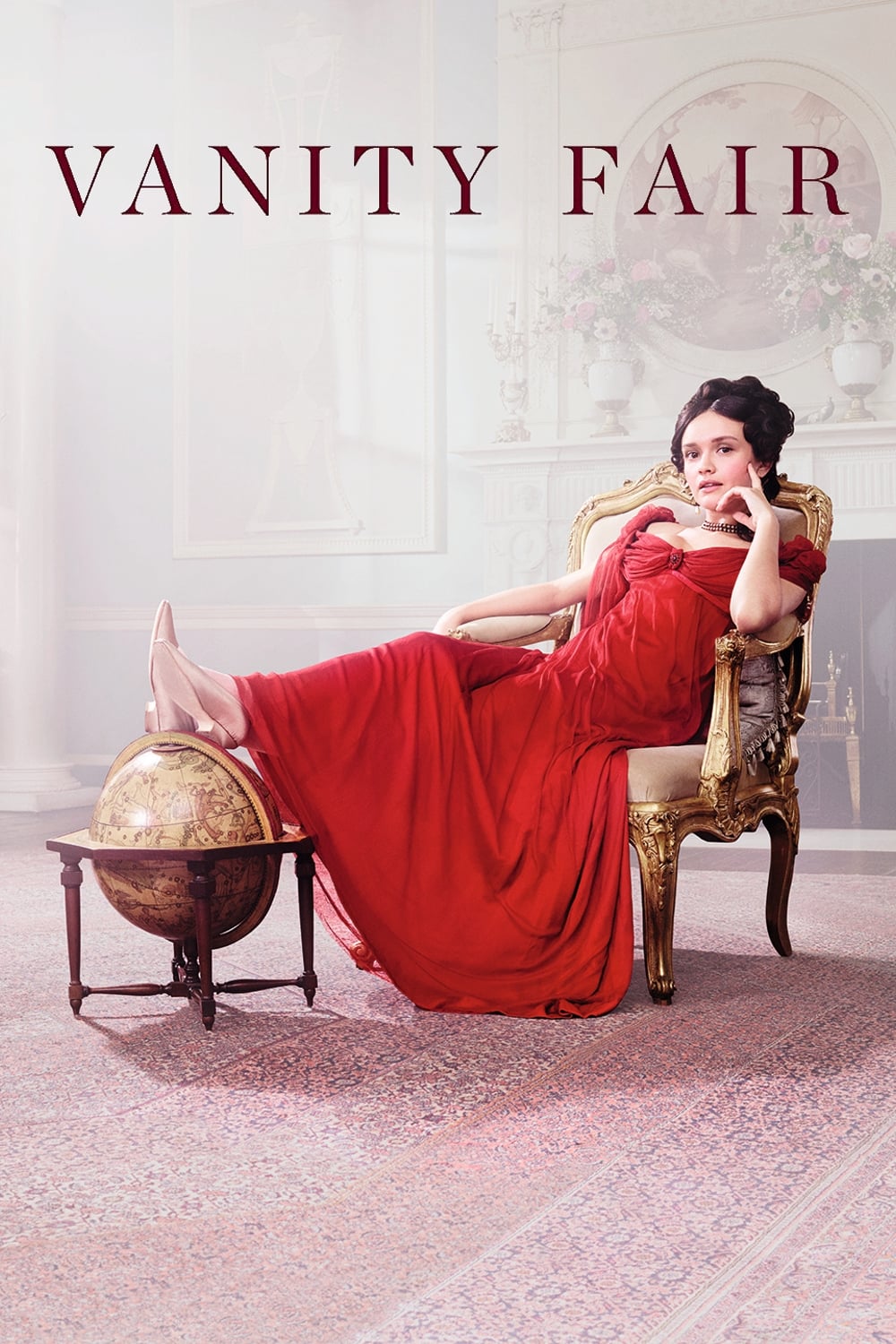
Vanity Fair (2018)
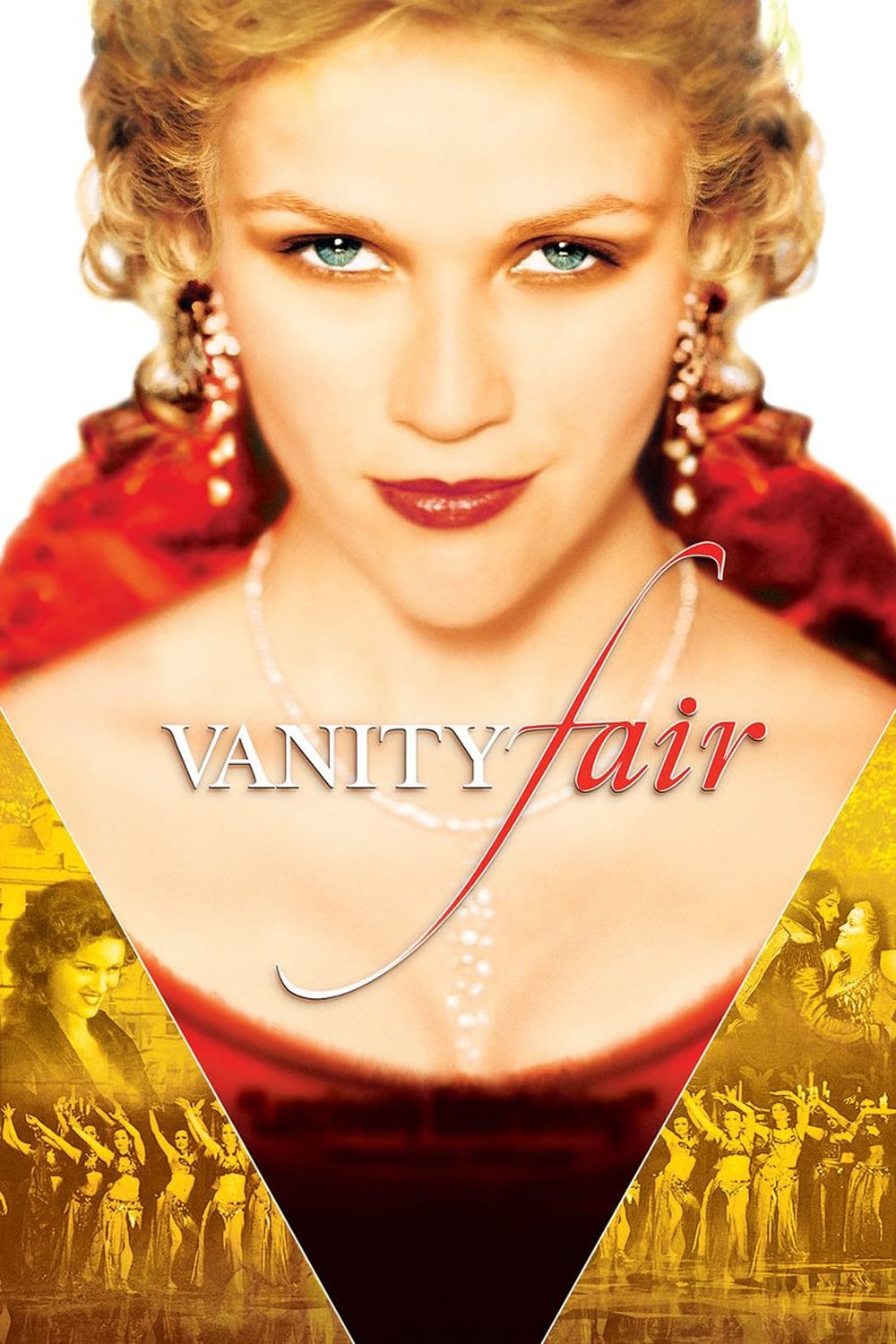
Vanity Fair (2004)

Do Not Leave... (1989)
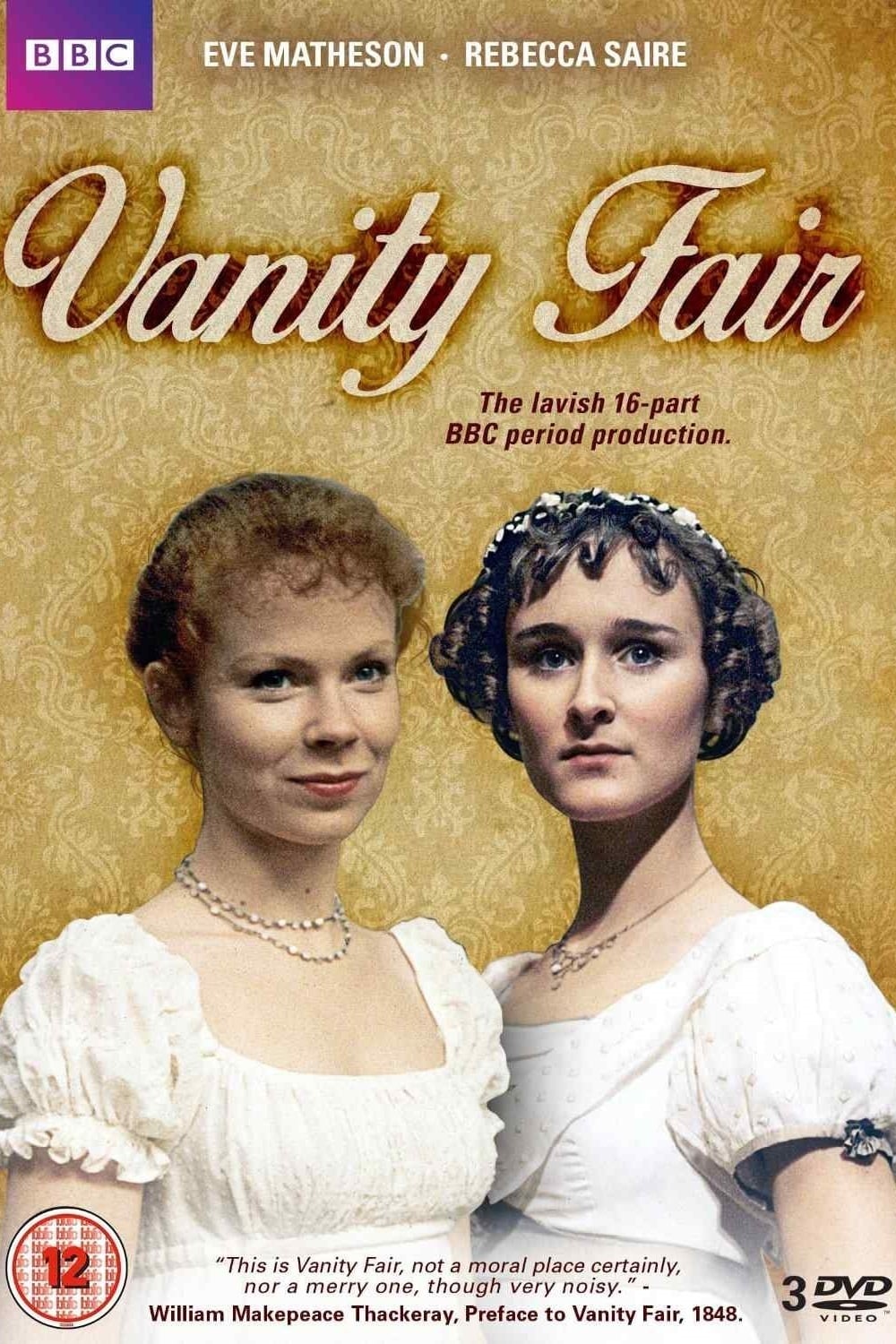
Vanity Fair (1987)
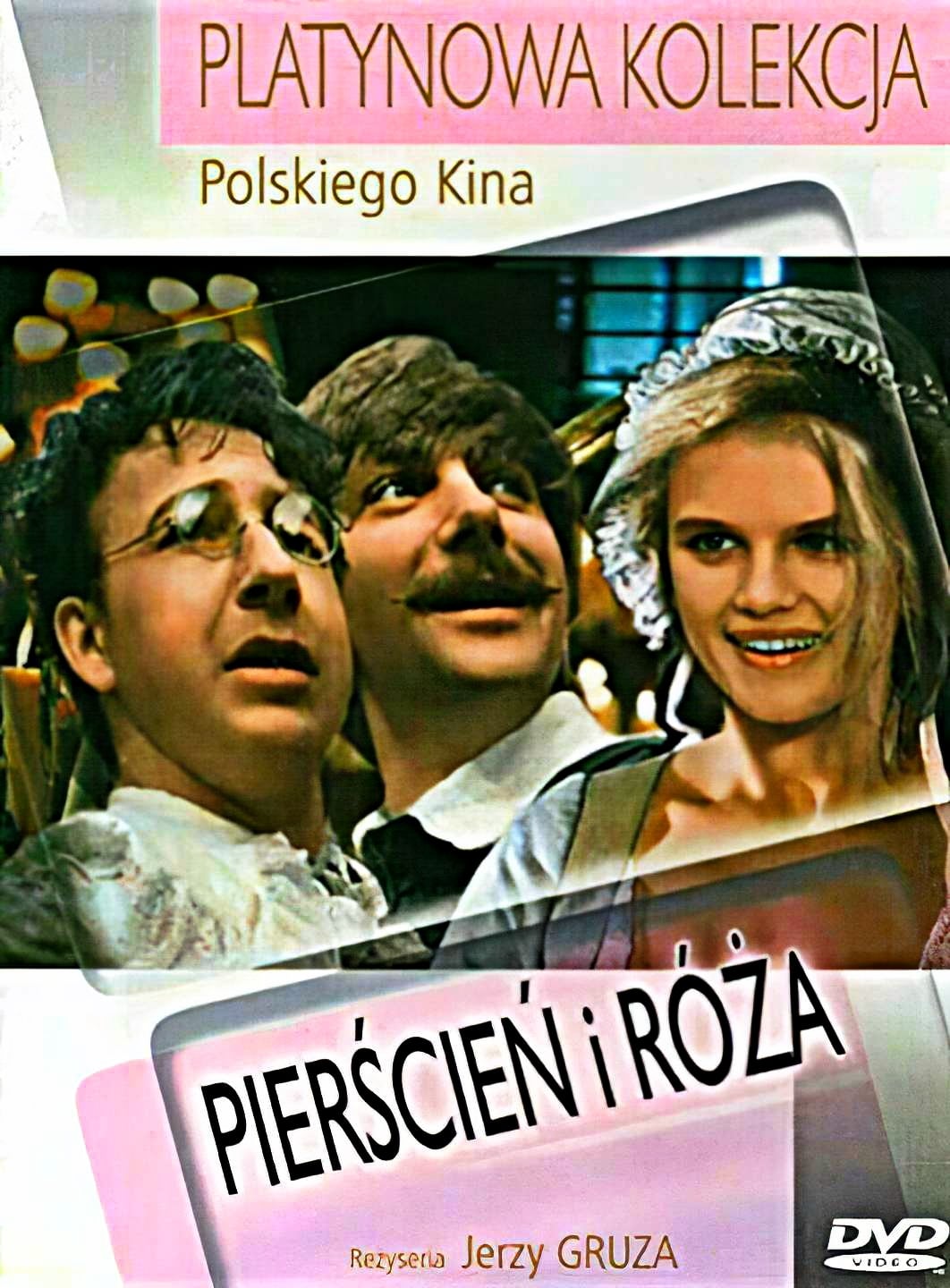
The Ring and the Rose (1987)
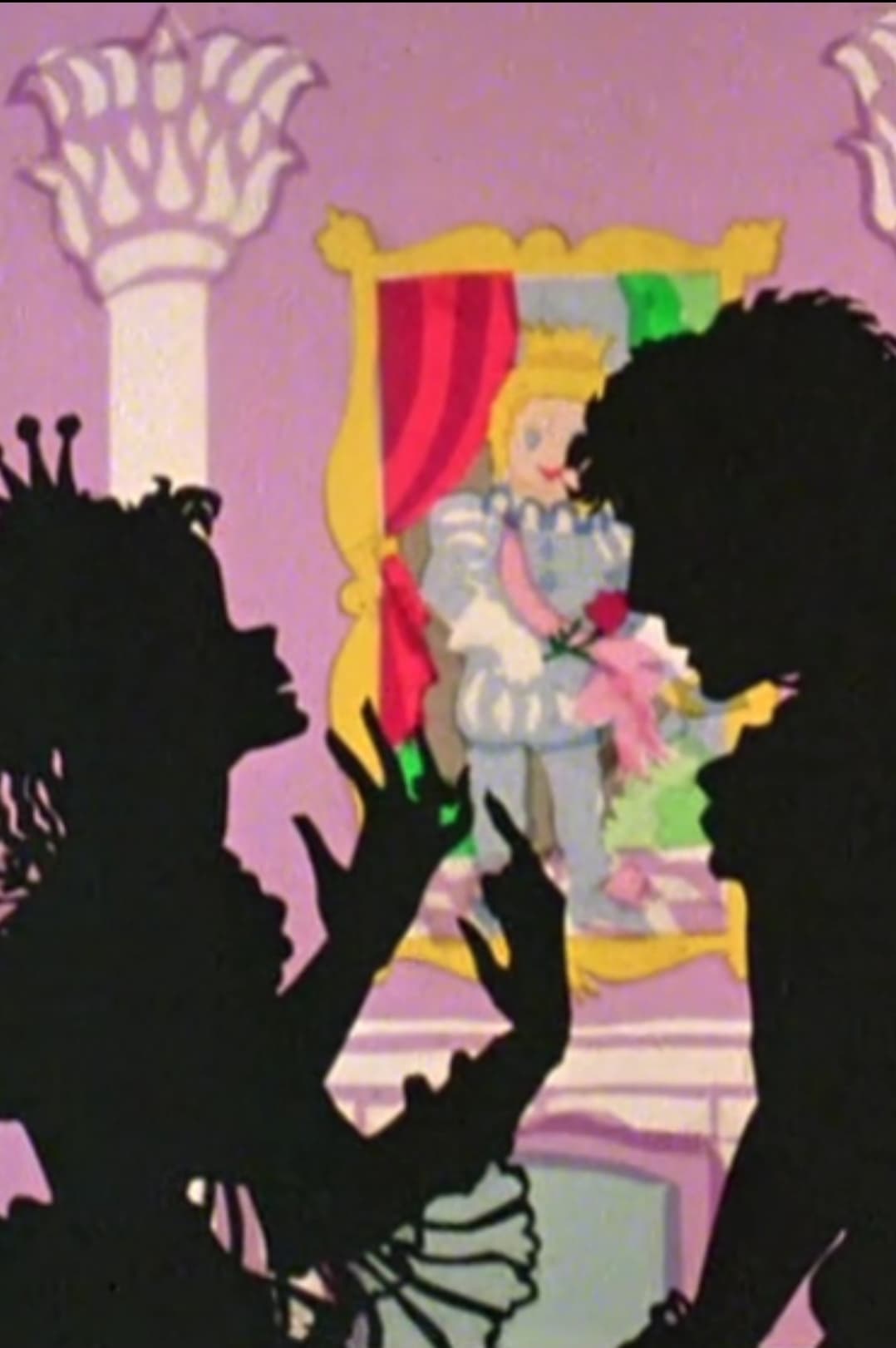
The Rose and The Ring (1979)
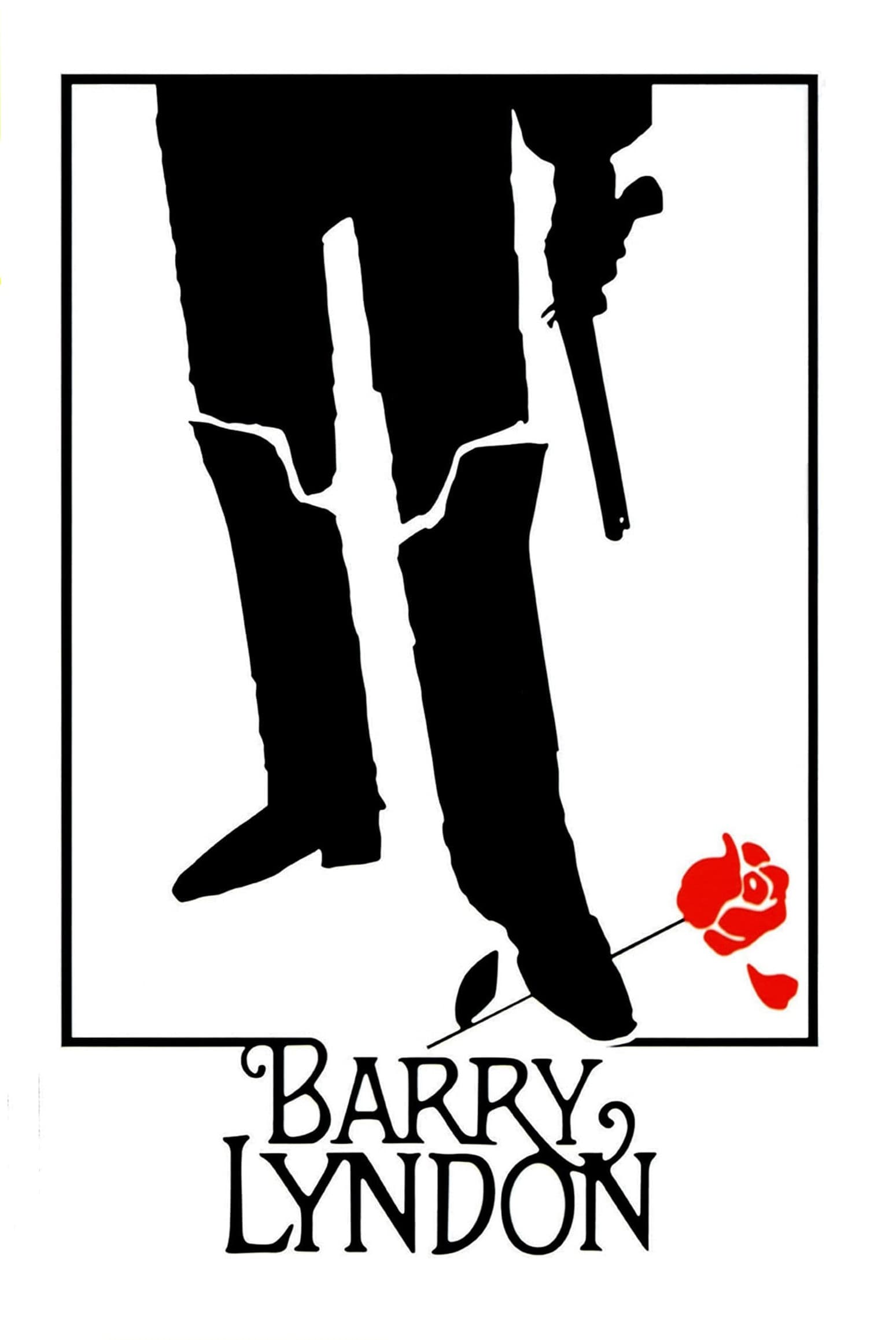
Barry Lyndon (1975)

Růže a prsten (1972)
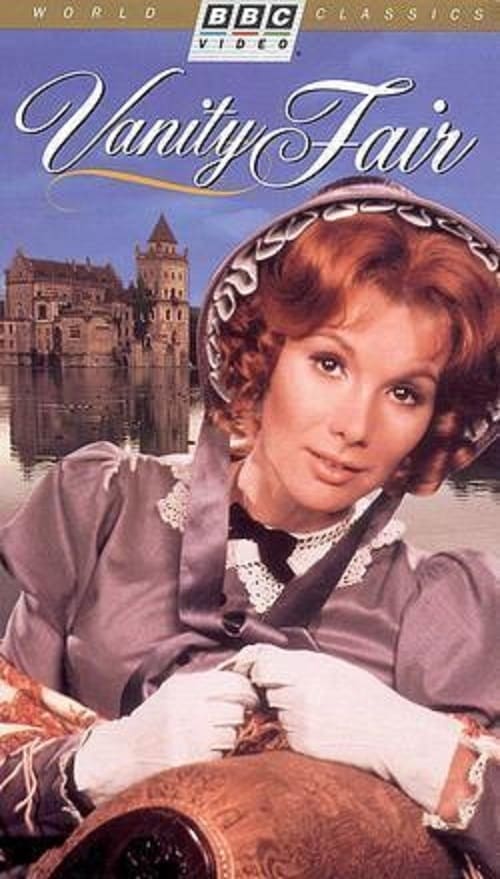
Vanity Fair (1967)
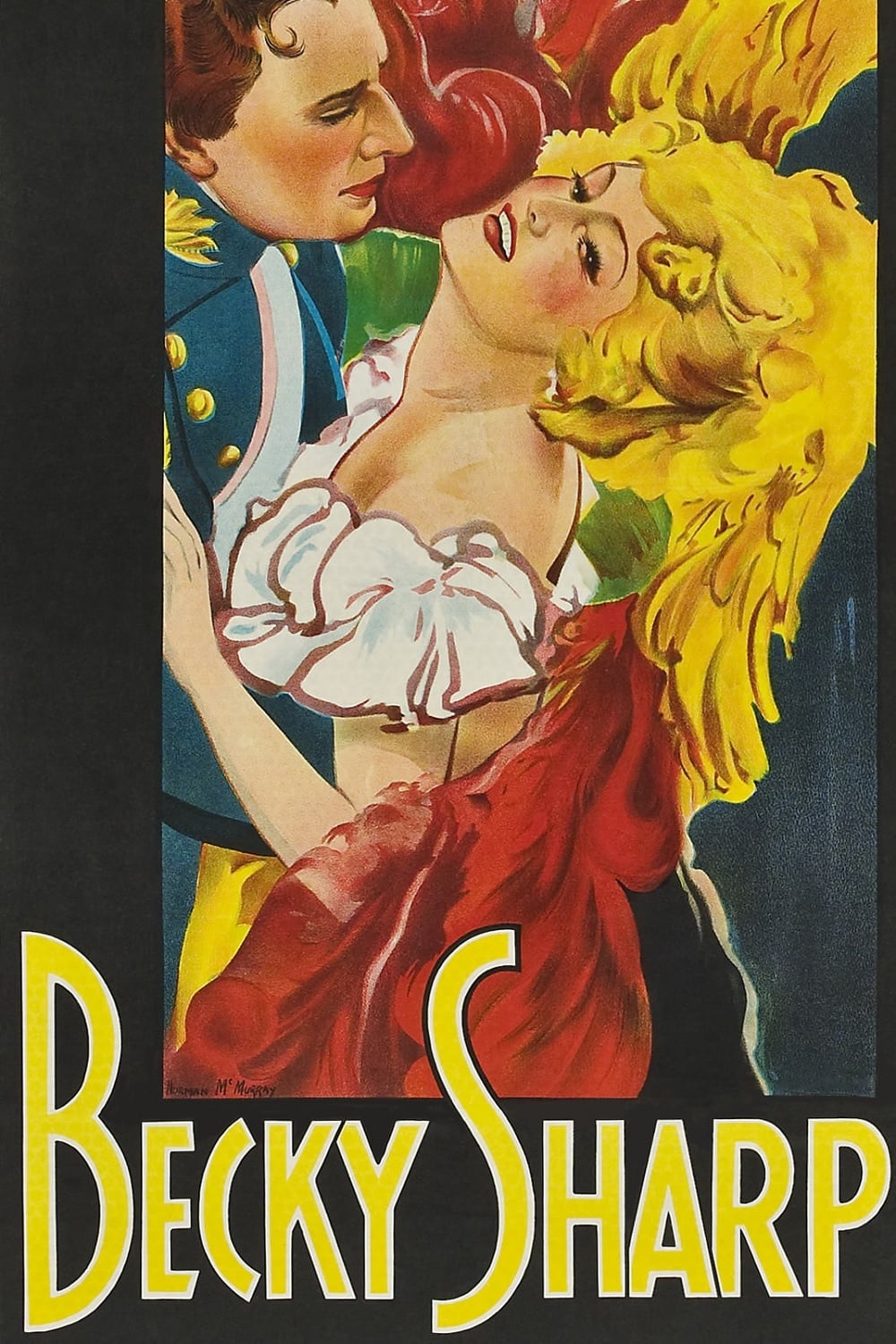
Becky Sharp (1935)
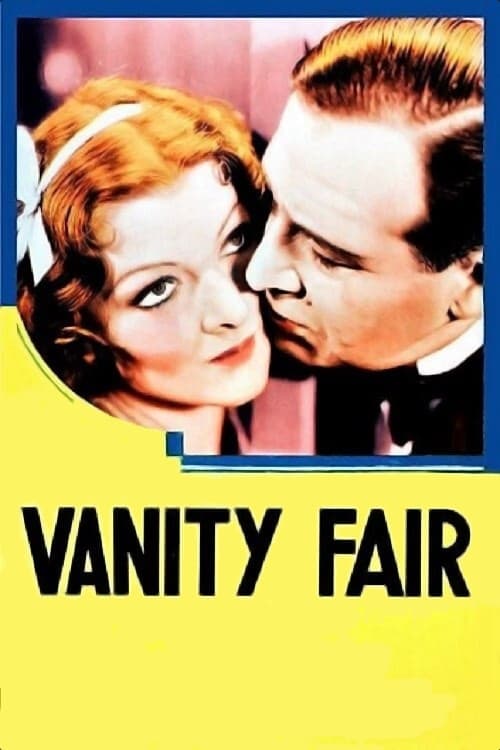
Vanity Fair (1932)
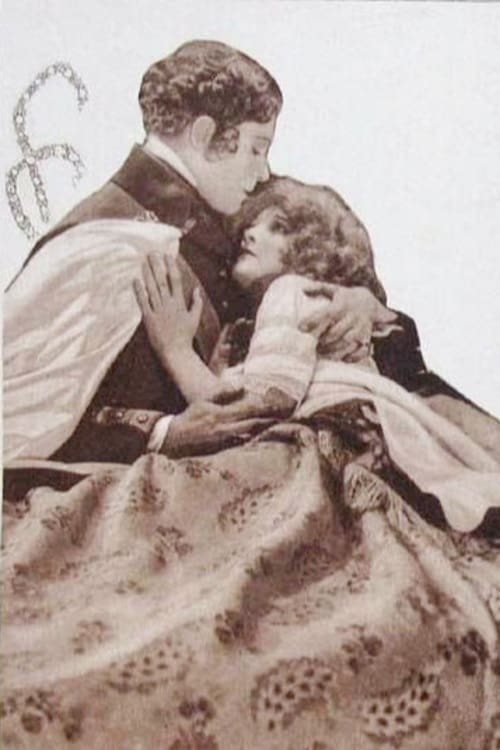
Vanity Fair (1923)

Vanity Fair (1922)
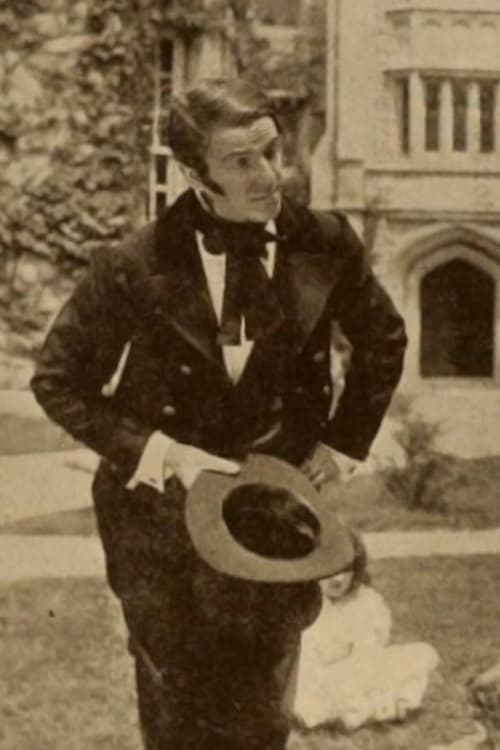
Vanity Fair (1915)
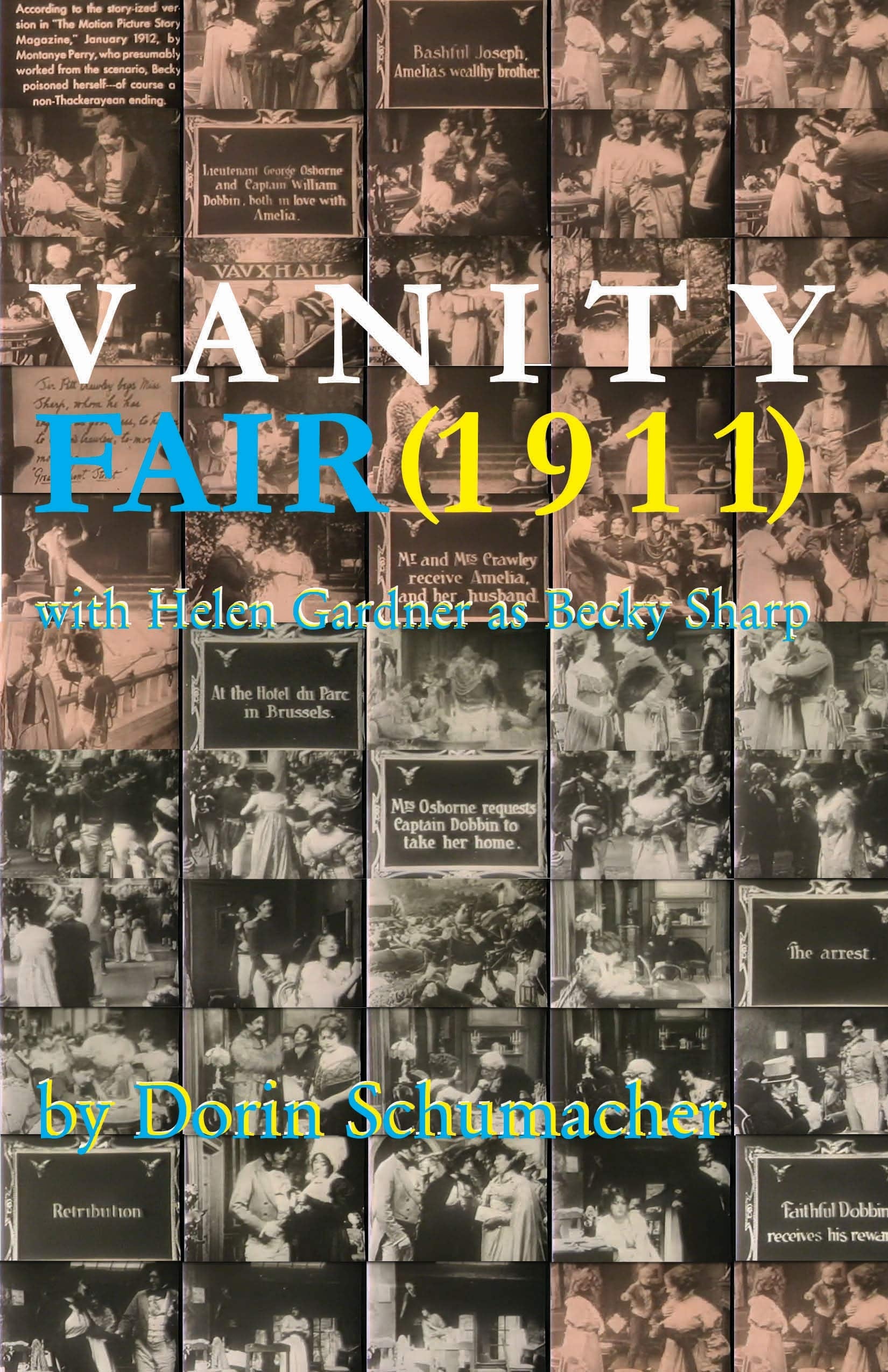
Vanity Fair (1911)
Ratings
Information
Known ForWriting
GenderMale
Birthday1811-07-18
Deathday1863-12-24 (52 years old)
Birth PlaceKolkata, India
ReligionAnglicanism
Height
SpouseIsabella Gethen Creagh Shawe
ChildrenJane Thackeray, Harriet Stephen, Anne Isabella Thackeray Ritchie
FatherRichmond Thackeray
MotherAnne Becher
SiblingsThomas Thackeray
CitizenshipsUnited Kingdom of Great Britain and Ireland
Also Known AsThackeray
This article uses material from Wikipedia.
 William Makepeace Thackeray
William Makepeace Thackeray- Filmography
- Information